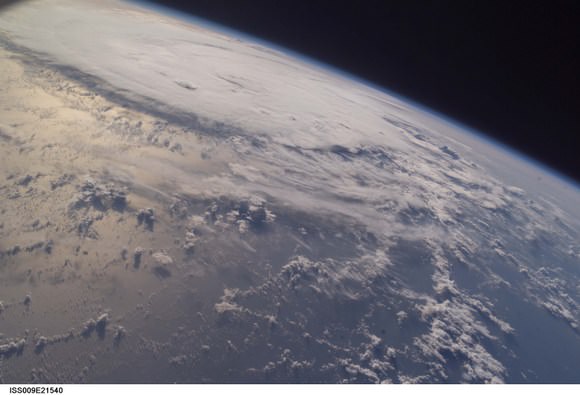[/caption]
Don’t listen to the Flat Earth Society, they’re wrong; the Earth is round. But did you ever wonder why the Earth is round? It all comes down to gravity.
One of the effects of mass is that it attracts other mass. For small objects, like your computer, your car, and even a building, the force of gravity is tiny. But when you have millions, and even trillions of tonnes of mass, the effect of the gravity really builds up. All of the mass pulls on all the other mass, and it tries to create the most efficient shape… a sphere.
For smaller objects, like asteroids, the force of gravity trying to pull the object into a sphere isn’t enough to overcome the strength of the rock keeping it in shape. But once you get above a certain mass and size, the strength of the object can’t stop the force of gravity from pulling it into a sphere. Objects larger than about 1,000 km in size are able to pull themselves into a sphere.
In fact, the International Astronomical Union decided in 2006 that this ability was one of the requirements for an object to be considered a planet. They must orbit the Sun, they need to have cleared out all the smaller objects in their orbit, and they need to have enough gravity to pull themselves into a sphere.
When an object has the gravity to pull itself into a sphere, astronomers say that it’s in hydrostatic equilibrium. And that’s why the Earth is round.
Of course, the Earth isn’t perfectly round. Because it’s turning on its axis approximately once every 24 hours, the Earth’s equator bulges outwards. And there are mountains and valleys that make the Earth’s surface rough.
We have written many articles about the Earth for Universe Today. Here’s an article about how round the Earth really is.
Want more resources on the Earth? Here’s a link to NASA’s Human Spaceflight page, and here’s NASA’s Visible Earth.
We have also recorded an episode of Astronomy Cast about Earth, answering a few questions, like why is Earth round. This was part of our tour through the Solar System – Episode 51: Earth.

